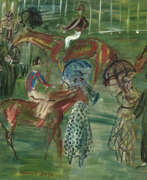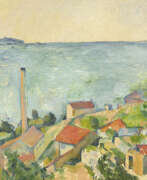Post-Impressionism
.jpg)
Post-Impressionism
Post-Impressionism is a style of art that emerged in the late 19th century as a continuation of Impressionism. It introduced new techniques and ideas into painting, including bright colors, various textures, and graphic elements.
Post-Impressionist artists aimed for greater expressiveness and abstraction than their predecessors and often used bold and unusual compositions. They also paid great attention to light and color to create an emotional and dynamic atmosphere.
One of the most famous post-Impressionist artists is Vincent van Gogh. His vivid paintings with unusual brushstrokes and bright colors, such as "Starry Night," have become a symbol of this style.
Other important post-Impressionists include Paul Cézanne and Paul Gauguin. Each of these artists made their own contributions to the development of the style and left a legacy that continues to inspire artists around the world.
Today, post-Impressionism continues to influence art, both within classical painting and in contemporary art. Artists continue to experiment with post-Impressionist techniques and ideas to create amazing works that inspire and amaze viewers.
| Country: | Europe, France, United Kingdom |
|---|---|
| Start of the period: | 1886 |
| End of the period: | 1905 |















